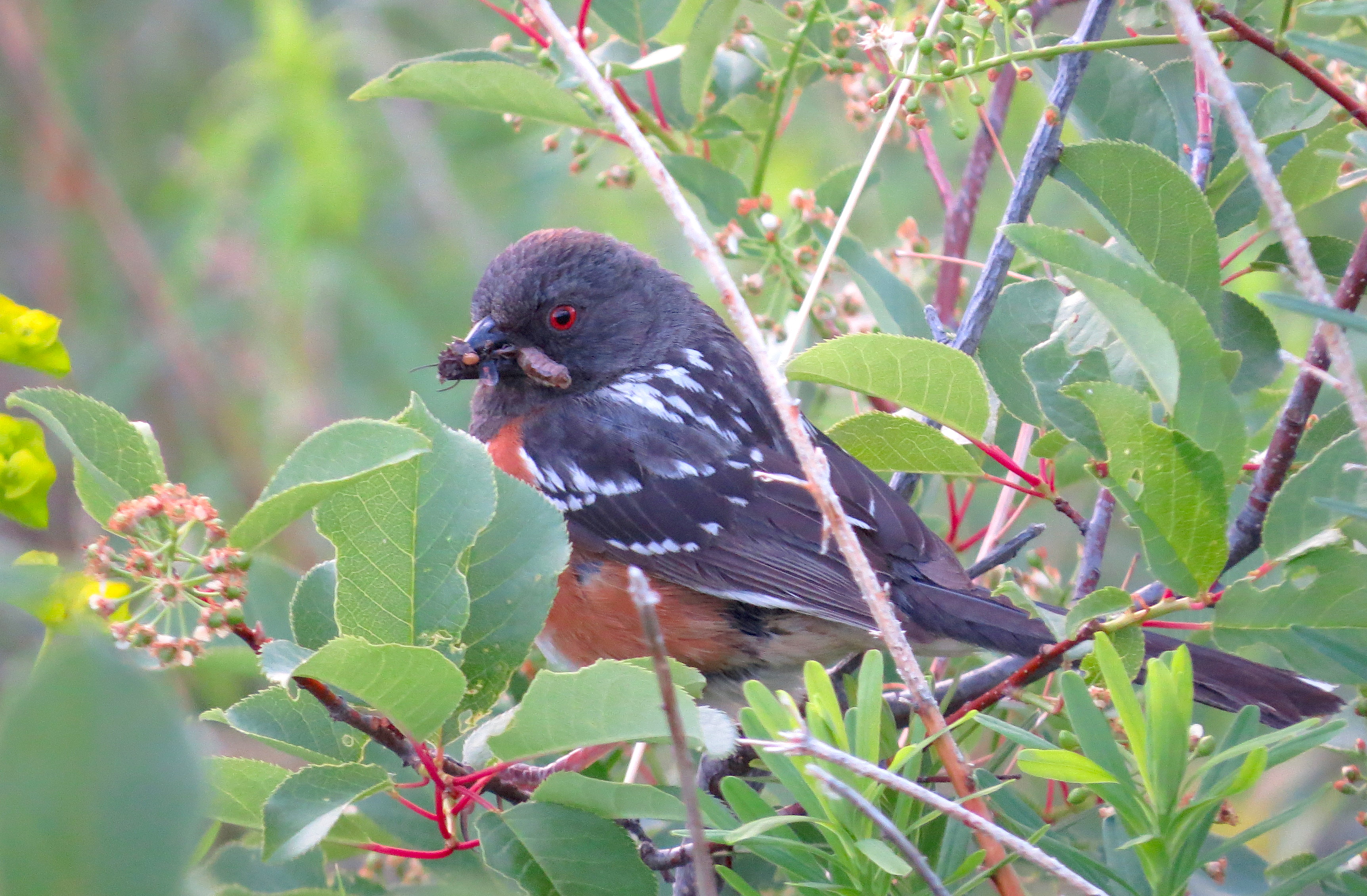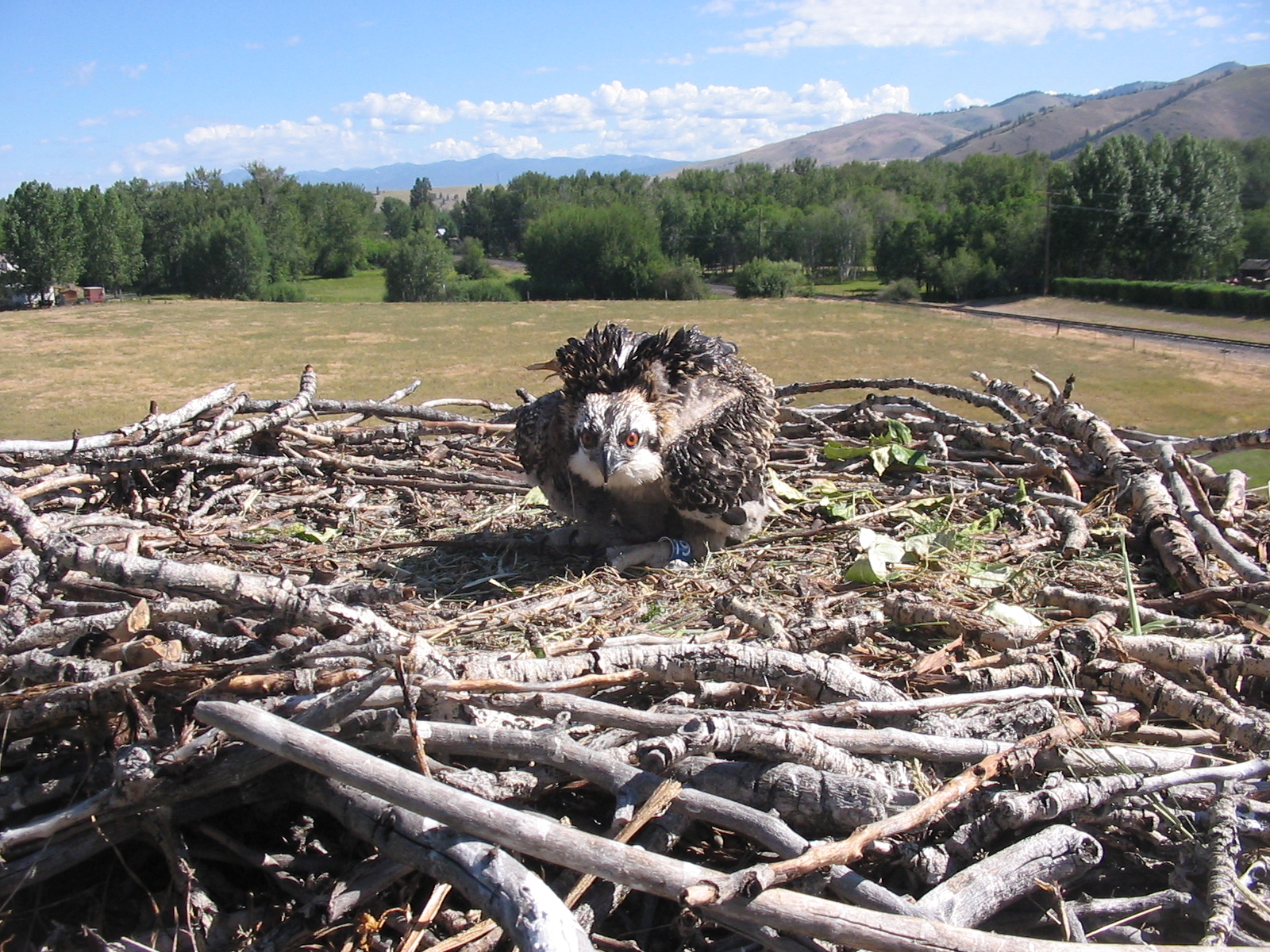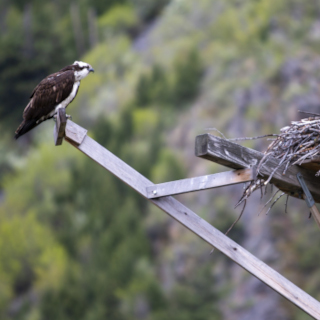Ecological Monitoring
Like the canary in the coal mine, birds can tell us about the health of our environment. We partner with government agencies, nonprofits and private land owners to improve management practices and track the success of restoration efforts using birds as indicators of ecosystem conditions. Birds are ideal indicators of environmental conditions because they have specific habitat requirements and are influenced by changes in environmental conditions.

- Birds are relatively easy to sample and provide feedback from an entire community rather than a single species.
- Monitoring treatment effects on wildlife should be an integral component of the design and execution of any management activity, including restoration. We use statistically robust before-after-control-treatment sampling designs to measure bird response, providing science-based measures of management outcomes.
- It is imperative to evaluate the cumulative progress made over time and alter or improve our future actions based on these monitoring results. By tracking the progress of restoration, we can facilitate adaptive management of our resources.
- We can use birds as guides for future work. By understanding their needs, we can improve restoration techniques for the future.
- Birds serve as great ambassadors for conservation outreach; great examples are the Bald Eagle and Osprey, beautiful raptors that depend on our river systems.

